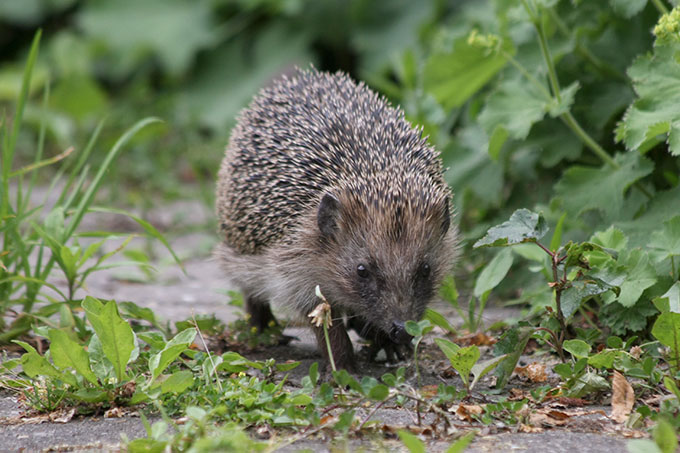Discovering the Diversity of Garden Animals – An In-Depth Exploration
Gardens, with their vibrant flora and tranquil ambience, are not only havens for humans seeking respite from urban life but also bustling ecosystems teeming with a diverse array of animal life. From the tiniest insects to the most elusive mammals, gardens offer a unique opportunity to explore and appreciate the incredible diversity of animal species that call these green spaces home. Insects, the often-unseen champions of garden biodiversity, play an integral role in pollination, decomposition, and maintaining the delicate balance of the ecosystem. The garden’s flowers and plants rely on insects like bees, butterflies, and beetles for pollination, which is crucial for their reproduction. These tiny creatures demonstrate an astounding variety of colors, patterns, and behaviors, contributing not only to the garden’s ecological health but also to its aesthetic appeal. Amidst the rustling leaves and hidden crevices, an army of arachnids weaves their intricate webs. Spiders, with their incredible silk-spinning abilities, are master predators that help control insect populations.
 Each species of spider has evolved unique techniques for capturing prey, and observing these creatures at work reveals a captivating aspect of the garden’s biodiversity. Birdsong often graces the early mornings and late afternoons in gardens, as avian visitors seek food and shelter. From the vibrant plumage of songbirds to the stealthy hunting of raptors, gardens host a diverse range of bird species. These feathered friends not only contribute to the auditory beauty of the garden but also assist in insect control and seed dispersal, further underscoring their importance in maintaining the garden ecosystem. Butterflies, with their delicate wings and graceful flight, are not only visually stunning but also indicators of a healthy garden ecosystem. They are highly sensitive to changes in their environment and are often used as bioindicators for the overall health of ecosystems. The presence of various Tier im Garten in a garden reflects the availability of nectar-rich flowers and suitable habitats. Beyond the realms of the small and delicate, gardens are occasionally visited by larger animals that evoke a sense of wonder and excitement.
Each species of spider has evolved unique techniques for capturing prey, and observing these creatures at work reveals a captivating aspect of the garden’s biodiversity. Birdsong often graces the early mornings and late afternoons in gardens, as avian visitors seek food and shelter. From the vibrant plumage of songbirds to the stealthy hunting of raptors, gardens host a diverse range of bird species. These feathered friends not only contribute to the auditory beauty of the garden but also assist in insect control and seed dispersal, further underscoring their importance in maintaining the garden ecosystem. Butterflies, with their delicate wings and graceful flight, are not only visually stunning but also indicators of a healthy garden ecosystem. They are highly sensitive to changes in their environment and are often used as bioindicators for the overall health of ecosystems. The presence of various Tier im Garten in a garden reflects the availability of nectar-rich flowers and suitable habitats. Beyond the realms of the small and delicate, gardens are occasionally visited by larger animals that evoke a sense of wonder and excitement.
Mammals like squirrels, rabbits, and hedgehogs find refuge in the nooks and crannies of the garden, while some nocturnal visitors like bats contribute to insect control by feeding on flying insects under the cover of darkness. Encounters with these creatures provide a sense of connection to the natural world, reminding us of the intricate web of life existing just beyond our doorstep. Amphibians and reptiles also find niches in garden ecosystems. Frogs and toads are often attracted to water features, where they lay eggs and complete their lifecycle. These amphibians are not only captivating to observe but also contribute to pest control by consuming insects. Additionally, some snake species play a role in maintaining rodent populations, thus assisting in the garden’s delicate balance. Gardens are veritable treasure troves of biodiversity, offering a glimpse into the intricate and interconnected web of life that surrounds us. Taking the time to explore and appreciate the diversity of garden animals can foster a deeper understanding of the delicate balance that sustains these spaces and serves as a reminder of the importance of preserving and protecting these ecosystems for generations to come.